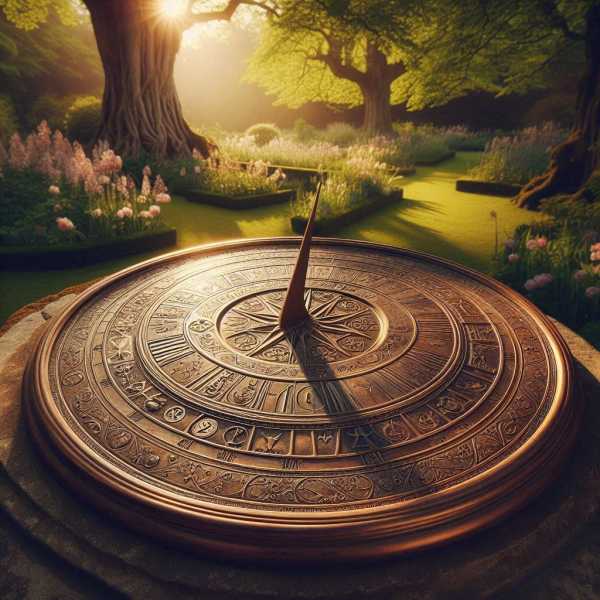
Life is full of moments, some very precious and others we would rather forget. So, what is this thing we call a moment, and how can we make the most of the ones we have?
In medieval times, a moment of time started with the moving shadow cast on a sundial. The time between sunrise and sunset was divided into twelve hours. As the hours of daylight changed with the seasons, the length of an hour was variable. Each hour was split into forty momenta, or moments, which were around ninety seconds each in modern currency.
A moment is a useful conceptual abstraction that we use to make sense of our experience. Like the moving shadow on the sundial, what happens is a continual flow of the present moment. Like all living organisms, humans are subject to the passing of time. If we imagine standing in a stream facing the oncoming current, we exist in the unfolding present, which flows behind us into the recent past and future moments are moving towards us in the distance.
Mindfulness can be defined as “working skilfully with present-moment experience,” so being present is an important part of the practice. In formal practice we often focus our attention and awareness on the breath and body, as they are only ever in the present moment. Although this sounds easy, it is surprisingly difficult to continually rest our attention on the breath. Instead, our attention is easily diverted away by the mind, often into thoughts about the past or an imagined future.
A related thing that’s also astonishing is how easily we forget that it is always now. If for almost half of our waking lives we drift off in thought about the future or past, away from the present moment, what percentage of our lives have we been there to experience? We are only awake and alive when consciously and directly experiencing what life has to offer in the moment.
Whitney Houston’s 1988 song One Moment in Time has the lines in the chorus “I want one moment in time, When I’m more than I thought I could be”, is an intriguing line. Although the meaning may be about a particular moment, when we connect into the aware present of our body and senses, we can easily be “more than I thought I could be,” as we are always more than our thoughts.
And if all that sounds a bit too philosophical, resting in the present moment also helps to reduce our mental, emotional, and physical stress, anxiety, and low mood. This can make a real practical difference to living a longer and healthier life. In our minds, happiness is often something we expect as a future state, after achieving career goals, that ideal relationship, or on some future holiday. The truth is that we can only experience joy and happiness in the present moment.
Apart from our attention being diverted by thoughts when our awareness drops, we also have habitual reactions that avoid the present moment if it appears unpleasant. This powerful mechanism tends to work below awareness in the body, starting with a felt-sense, which then gives rise to emotions and thoughts of aversion. The mindful approach is to be more aware of this mechanism and embrace both pleasant and unpleasant feelings as they arise, noticing where the feeling resonates in our body, allowing the sensations to be just as they are, and noting the emotion in a non-identifying way like, “there’s some expected anxiety,” rather than “I feel really anxious about this.”
The easiest way to return to the present moment is to simply become aware of our body, breath, and what we can directly see, hear, or touch through our senses. Reminding ourselves to “Be here now” brings us into the present, where we can fully engage with life’s rich experience, access greater mental and emotional resources, and find a space of calm openness and kindness as we embrace whatever the next moment brings.
Suggested weekly practice
- Establish a daily meditation practice, like focusing your attention and awareness on the sensations of your natural breath, noticing when your attention wanders, and bringing it back.
- Use curiosity to notice how often your attention is in the past or future, away from the present moment.
- Explore finding peace and calm in the present moment, seeing your body and senses as a safe harbour and sanctuary from all the buffeting winds and waves of life.
Guidance
Find somewhere undisturbed and sit in a comfortable, dignified, and upright posture, where you can remain alert and aware.
There are two guided practices for this session. You can close your eyes or lower your gaze while the meditations play.
- Play the first settling practice, then read the session content, which you can print off if that helps.
- Then close your eyes while this meditation plays that explores the relationship between thoughts and time.
